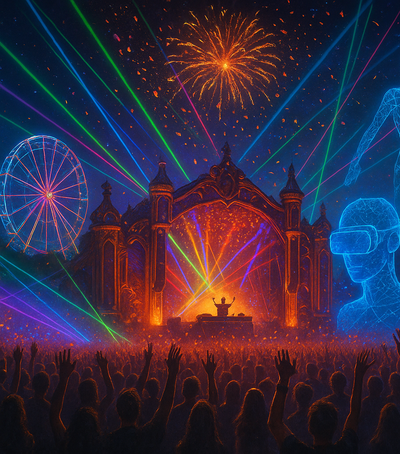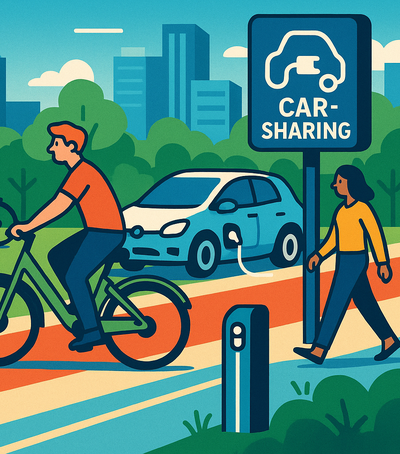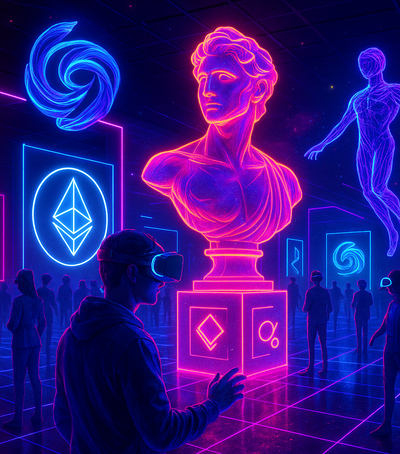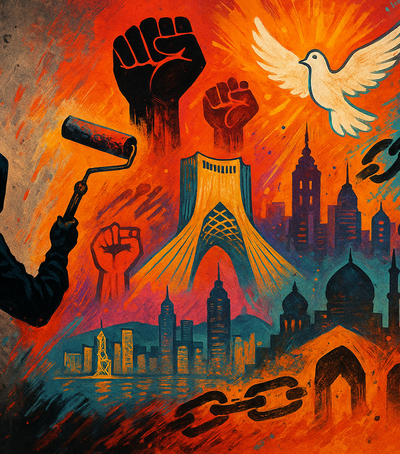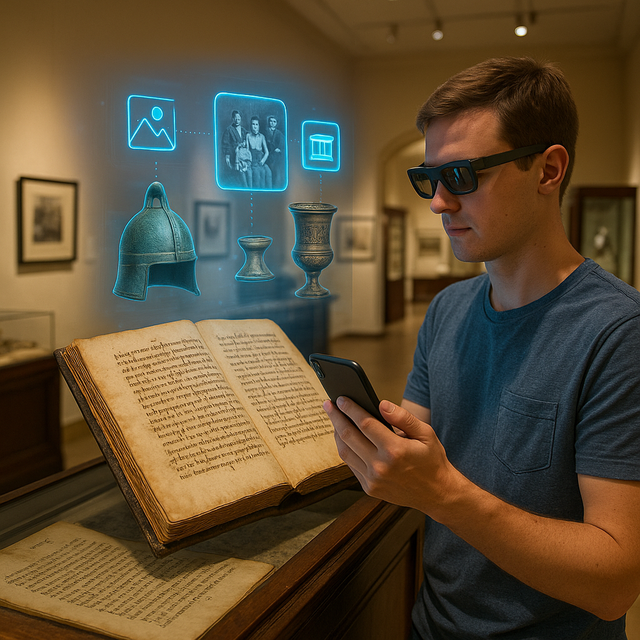
Digital Cultural Heritage brings our historical treasures to light through a journey that combines technology. At the heart of this process lies the scanning and digitization of old documents, from rare manuscripts from the Ottoman period to the literature of the Albanian League of Prizren. By turning the yellowed pages into high-resolution images, experts preserve not only the textual content, but also visual fragments, stamps and signs of the times, which speak of life at that time.
A further step is the creation of online archives – platforms that gather these treasures in a single space, accessible anywhere. Albanian libraries and museums collaborate with universities and international institutions to share servers, standardized metadata and intuitive search interfaces. The result is a virtual library where researchers and citizens, at home and abroad, can explore, compare and share historical documents, rare photographs or postcards from the 1920s, which until yesterday were kept hidden in dusty closets.
Augmented Reality (AR) opens up a new dimension to experiencing heritage. Using mobile apps or dedicated devices, visitors can see statues or archaeological objects “emerge” from museum murals, listen to pre-recorded narratives by scanning a QR code, or follow the restoration process in real time, like a theater of techniques. In the center of Berat, for example, visitors were able to place their phones next to a wooden icon and experience a 3D animation that recreates the original colors of the painting.
Through these projects, the youth community is transformed from consumers to coordinators – they create, translate and promote topics from folk tradition to Renaissance poetry. Teachers use AR programs within the classroom, where students “explode” into historical scenes from World War II, while journalists create multimedia reports that tell stories in three dimensions. This interactive way strengthens the sense of belonging and connects the past with the future.
However, challenges remain significant: cybersecurity of servers, continued funding for maintenance, and training of new specialists in the field of digital archiving. Without these, many documents may remain vulnerable to potential attacks or be blocked by outdated tools. Therefore, inter-institutional cooperation and public support are essential to guarantee an inalienable heritage.
Ultimately, digital cultural heritage is not just a virtual archive, but a dialogue between generations. It is the way in which today's Albanians affirm the values ??of the past, giving them a new life in the online space and AR experiences. Thus, the dance of documents, photographs and artifacts permeates the world of today, inspiring national memory and building a bridge to the future.


